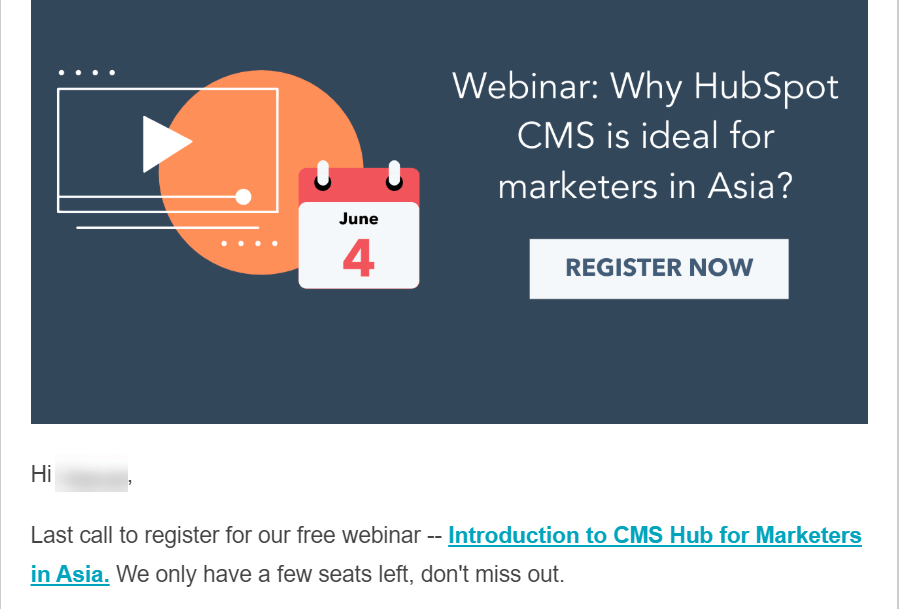As a marketer, understanding your buyers’ behavior enables tailored campaigns that help them along the customer journey.
While you may put a lot of effort into trying to understand what makes them tick with A/B testing and customer surveys, there are psychologically-backed methods known as neuromarketing.
What is Neuromarketing?
Neuromarketing essentially applies neuroscience to marketing to help gauge the audience’s emotional response to a campaign. It takes out the guesswork in planning campaigns and identifying what works and what doesn’t.
You may think neuromarketing requires putting your audience through brain scanning machines, but the principles are more common and feasible than you’d expect.
To help you envision its everyday usage, here are 13 neuromarketing techniques to incorporate into your next B2B digital marketing campaign:
- The Paradox of Choice: Hick’s Law
- Reciprocity Principle
- Color Psychology
- Von Restorff Effect
- Dual-coding Theory and Mental Imagery
- Avoid “Bait and Switch” Tactics
- Principle of Least Effort and Cognitive Load
- Visual Hierarchy Design Principles
- Persuasion Architecture: F- and Z-Patterned Landing Pages
- The Baader-Meinhof Phenomenon or Frequency Illusion
- Social Validation
- Scarcity and FOMO
- Anchoring Effect
How to Use Neuromarketing for Improved B2B Digital Marketing Campaigns
1) The Paradox of Choice: Hick’s Law
Have you ever been overwhelmed by the number of choices presented to you?
That’s Hick’s Law at work. Hick’s Law states that the time taken for users to make a decision increases as the number of options increases.
In other words, less is more.
There are numerous ways to apply Hick’s Law to your digital marketing campaign. All you need to do is keep your campaign goal in mind by providing your audience with the option that guides them towards that goal.
Landing page call-to-action (CTA) buttons are the perfect representation of Hick’s Law in a digital marketing context. Only one clear CTA should be presented to site visitors for them to take the next action.

2) Reciprocity Principle
Human motivation theories suggest our actions are motivated by the desire for reinforcement or incentives, which brings us to our second neuromarketing strategy: reciprocity.
Your marketing goal is to make your audience convert. Whether it’s to get their contact details or to get them to subscribe to your service, your audience may ask “What’s in it for me?”
Therefore, offering valuable marketing assets such as e-books, webinars, and podcasts in return serves as an incentive for your audience to take the desired action in the first place.
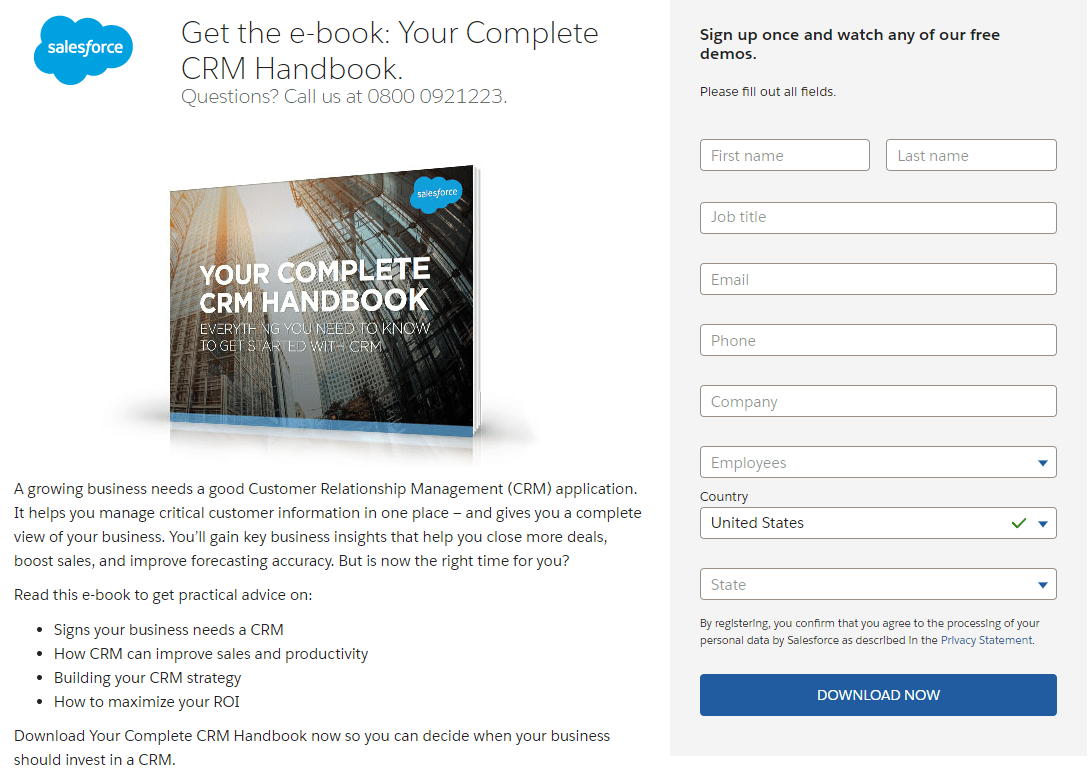
3) Color Psychology
Color plays a powerful role in marketing. In fact, color increases brand recognition by 80%. Google is known for its four colors (red, yellow, blue, and green), and Hubspot is recognized by its signature orange.
Having your corporate identity reflected in digital marketing material adds cohesion and improves brand recall.
For instance, if you have a social media ad that links to a landing page, the creative should include your brand’s colors.
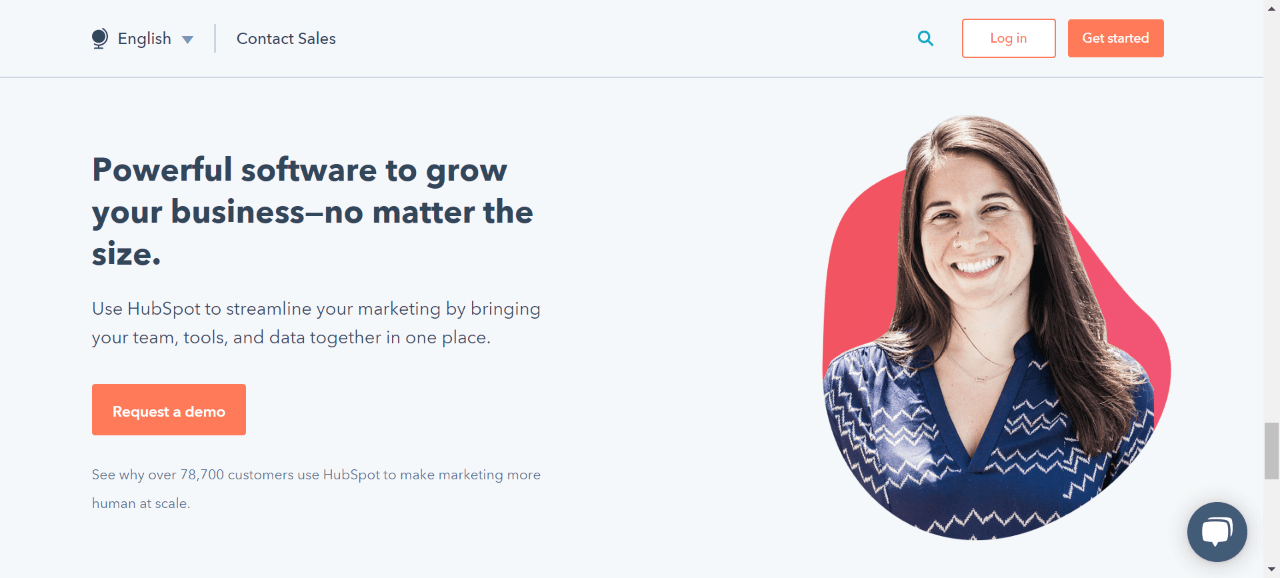
4) Von Restorff Effect
Brand identity isn’t the only neuromarketing strategy that involves color.
The Von Restorff effect states that distinctive items are more likely to be remembered than similar ones.
Audiences read through heaps of content while they hunt for the right products. Highlighting key information through the Von Restroff effect helps in capturing their attention.
Leverage this effect for your campaign by highlighting an important copy or making your CTA button stand out with a different color.
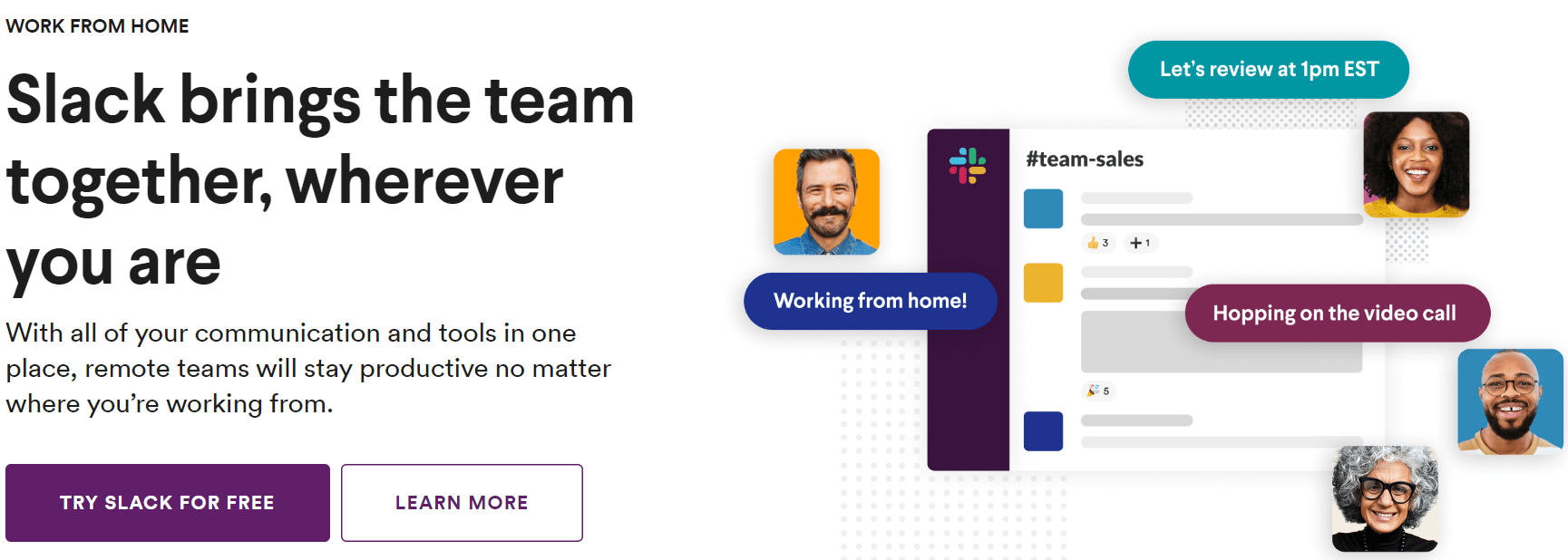
5) Dual-coding Theory and Mental Imagery
This theory by Allan Paivio revolves around two cognitive subsystems: verbal (e.g. talking, reading) and non-verbal processing (e.g. visual cues).
He suggests these systems are interconnected and affect memory and learning. To illustrate this theory, let’s do a quick exercise.
Scenario
What comes to mind when we mention the word “pencil”? Immediately a mental image of a pencil should appear in your mind.
Taking advantage of Paivio’s theory is a no-brainer – who wouldn’t want their campaign to be memorable?
Mixing verbal and non-verbal cues is as simple as inserting a caption to an image, or as complex as creating an infographic to represent data.
By doing so, your audience will be able to better understand the information in your digital marketing campaigns.
Regardless of how you apply this neuromarketing technique to your campaign, your end goal should show your non-verbal marketing assets (images, charts, or videos) complementing your verbal ones (short or long text).
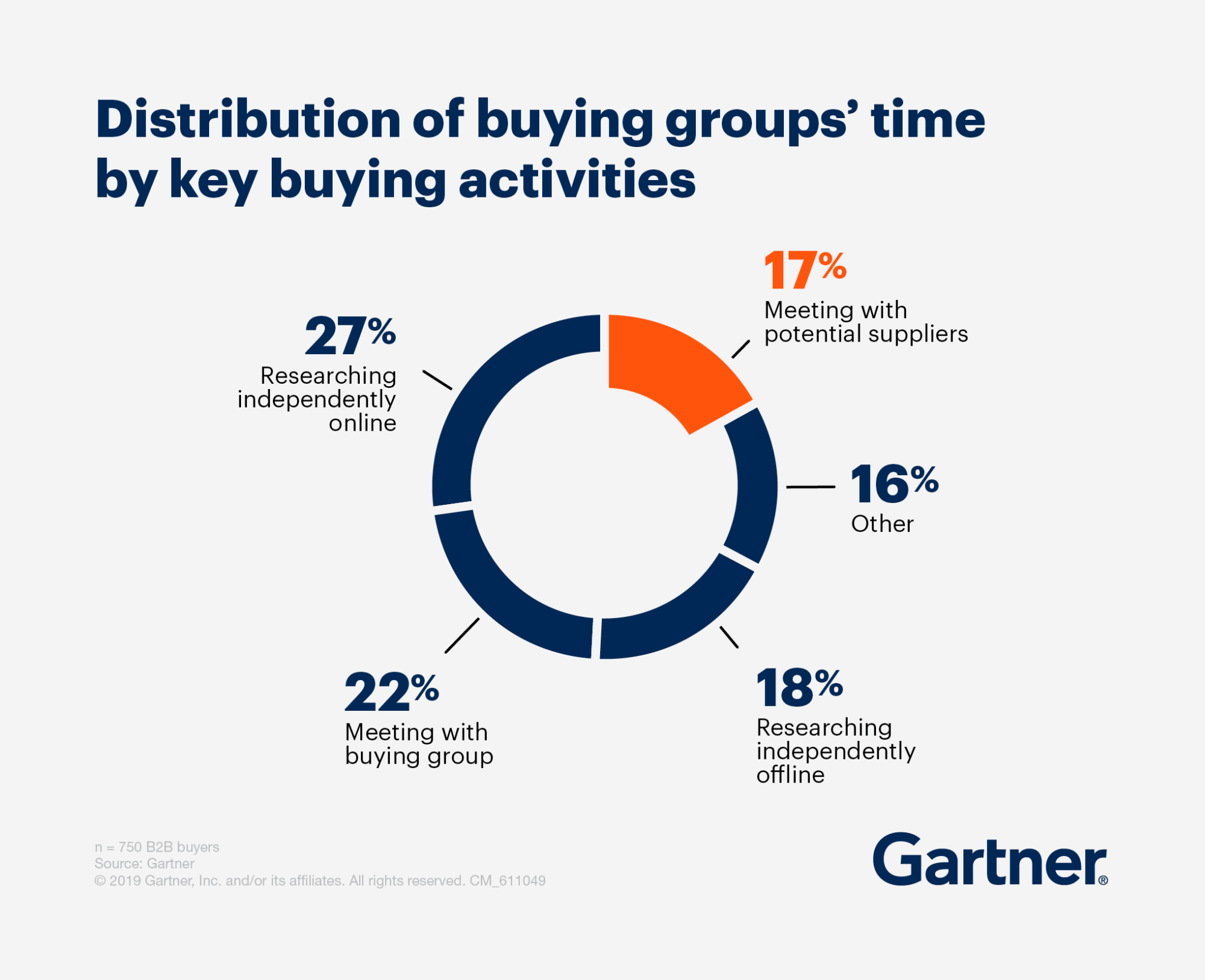
6) Avoid “Bait and Switch” Tactics
Imagine signing up for a 2-month free trial only to find out that your credit card has been charged after a month of usage. You’d probably feel cheated.
The above situation is an example of bait and switch – where you set out to do something, but an undesirable outcome happens instead.
Unfortunately, many users have fallen prey to this tactic, and it doesn’t reflect well on an organization’s trustworthiness. That’s why you should avoid it in your campaign.
Circumventing bait and switch doesn’t require you to create a complicated list of terms and conditions when executing your campaign. Follow these best practices for your next campaign:
- State understandable terms and conditions.
- Provide clear pricing terms.
- Bait and give: give users what they signed up for with no conditions.
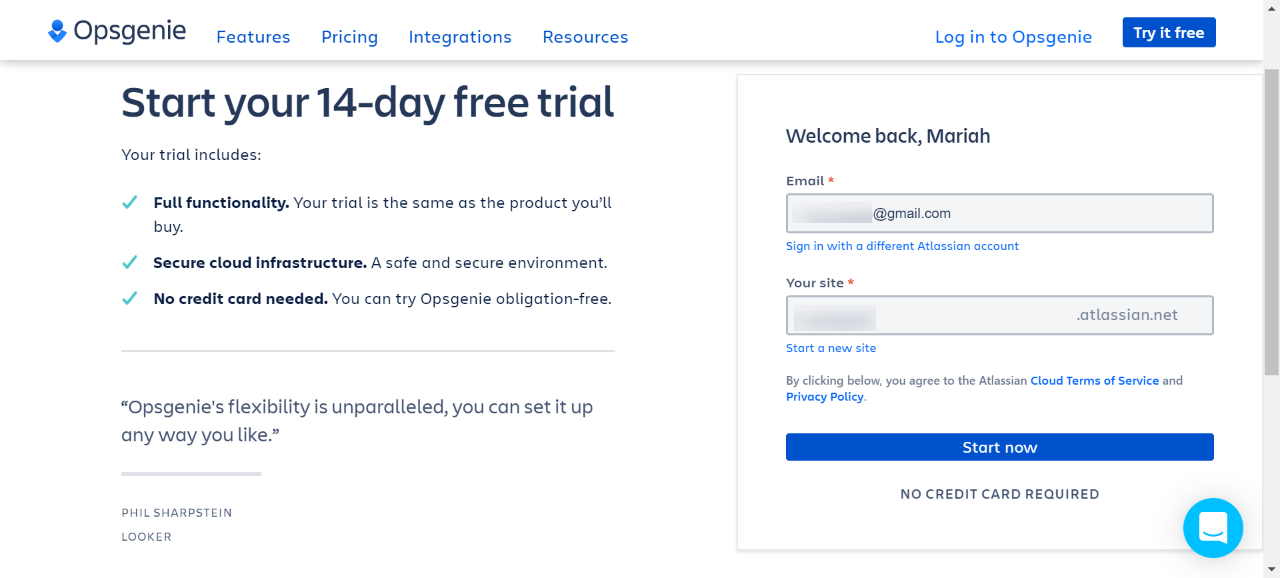
7) Principle of Least Effort and Cognitive Load
The principle of least effort is quite self-explanatory. It simply implies that animals, humans, and even machines will naturally choose the path that requires the least amount of resistance or effort.
The higher the effort needed, the higher the cognitive load, or the total amount of information your memory can handle.
In a digital marketing context, this applies to how information is presented to your audience.
Given the complexity of the B2B buyer’s journey, your audience will encounter a lot of different information as they go through different stages. Unfortunately, this results in information overload.
Achieving a low cognitive load should be the goal of how information is presented to your audience. When information is showcased in a digestible format, it helps the audience retain it easily.
Creating easy-to-understand content comes in many variations. We’ve narrowed down three suggestions you can use for your marketing content:
- Ensure your copy is clear and instructional to guide your audience’s attention.
- For longer copies, such as eBooks, provide cognitive aids in the form of diagrams or checklists to help readers break down complex ideas.
- Use chunking to break down long text into manageable bits of information. A sample chunking method would be the utilization of headers.
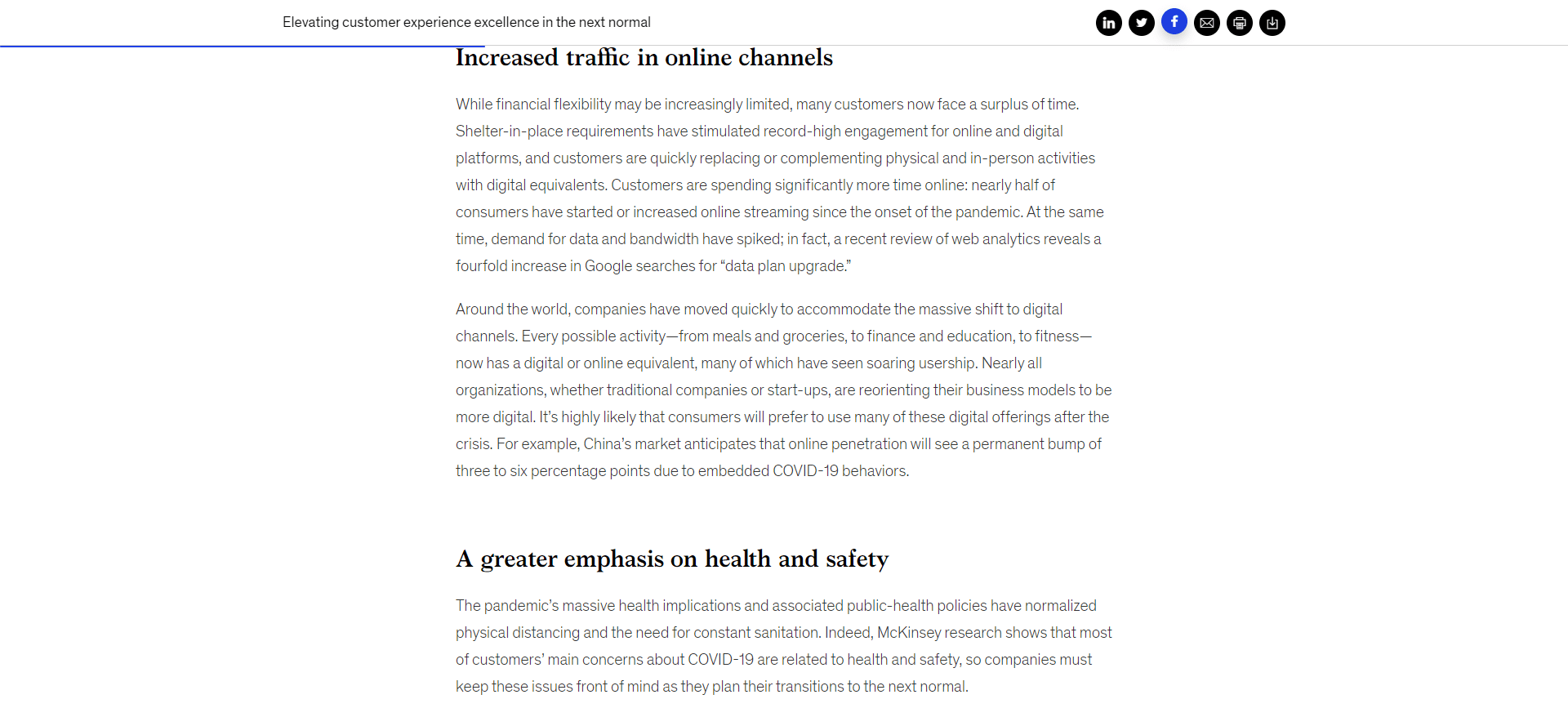
8) Visual Hierarchy: “You Look Where They Look”
Eyes are the window to the soul – even your audience’s soul thanks to eye-tracking technology and heat maps.
From a marketing standpoint, these two tools can be used to optimize your campaign landing pages – especially in directing your audience to read key information.
In fact, a study done by usability expert James Breeze showcased how you can steer your audience towards the right information. Let’s take a look at the study in further detail.
In Breeze’s study, participants were shown two different landing pages, both of which contain an image of a baby.
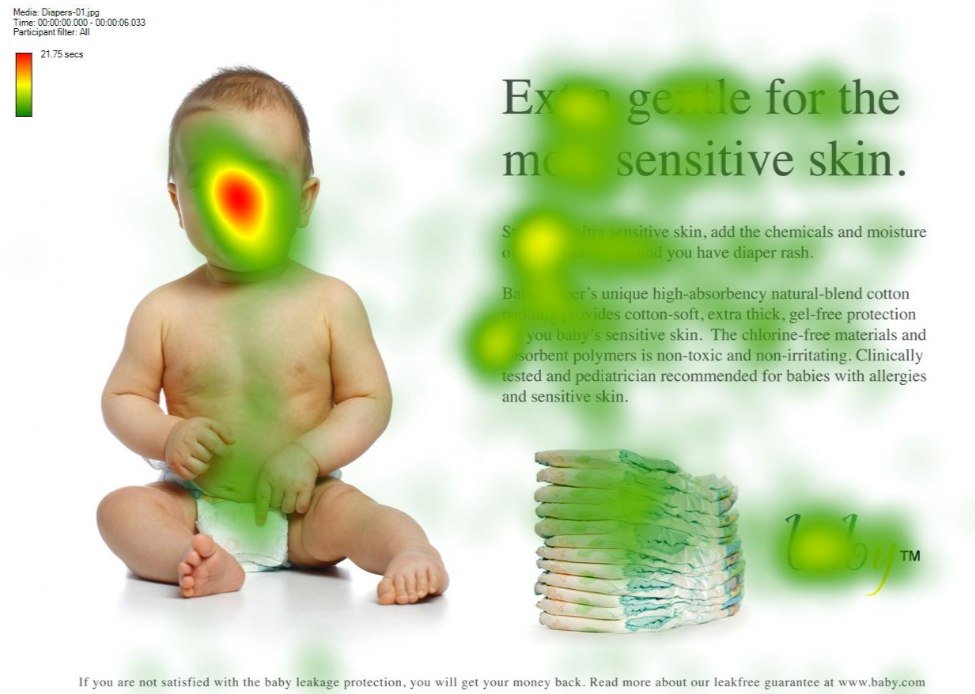
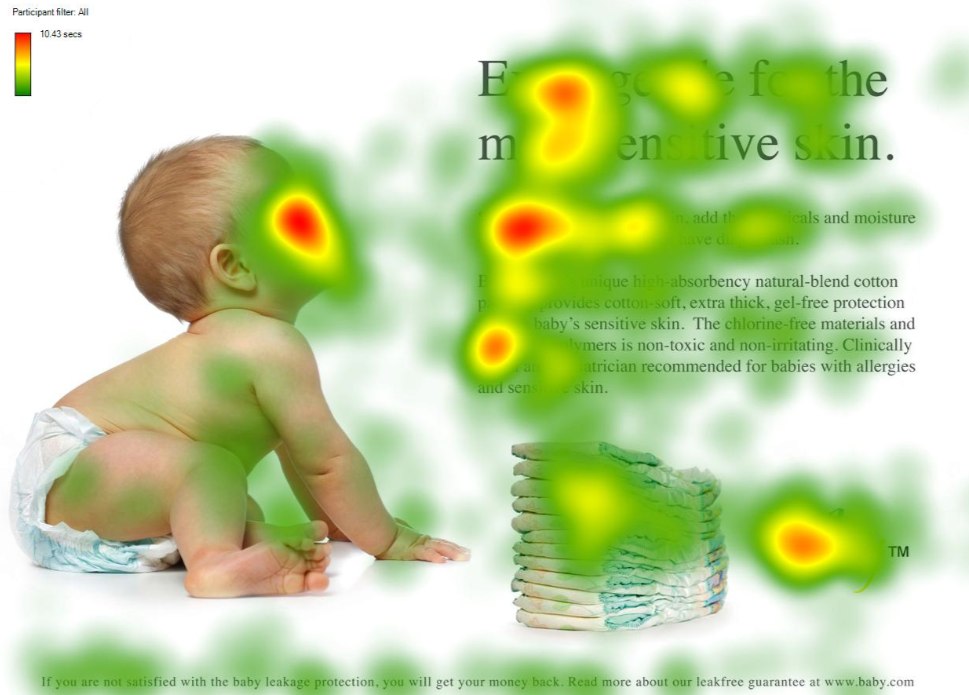
By measuring the direction and duration of eye movements, participants spent more time on the second landing page, where the subject was looking directly at the headline.
Using a subject that gazes at a headline or CTA button prompts audiences to follow their gaze, thus capturing their attention.
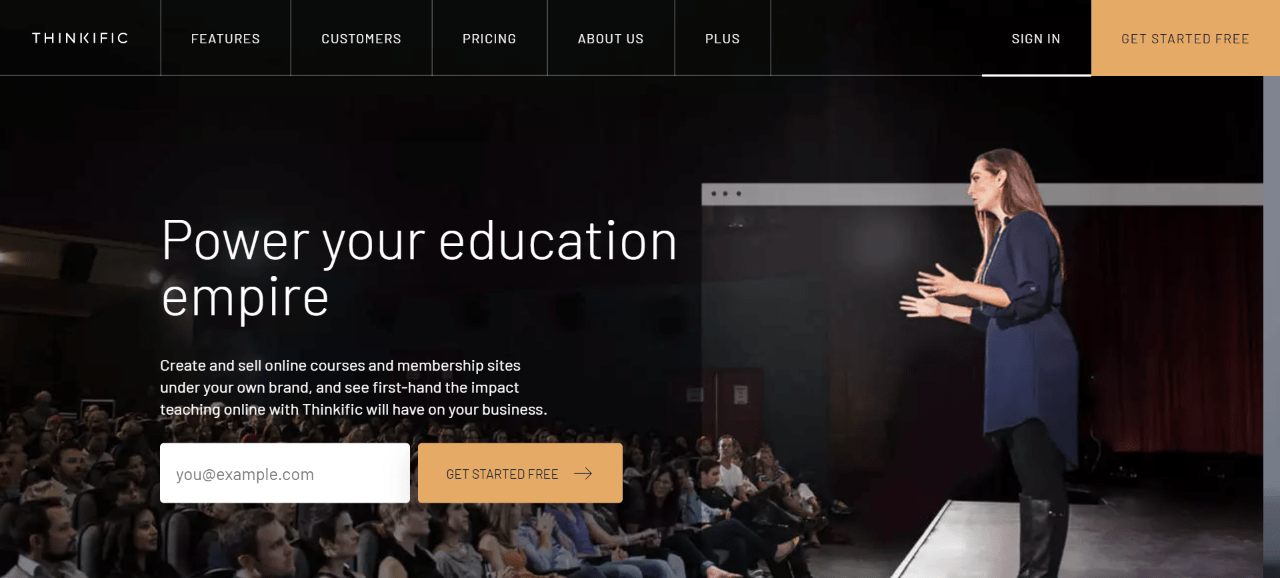
9) Persuasion Architecture: F- and Z-Patterned Landing Pages
The F and Z patterns describe the way your eyes scan content.
Structuring your content in such a way is a part of persuasion architecture. Strategically placing your headline, microcopy, and CTA button in an F or Z manner guides the audience toward accomplishing your page goals.
The examples below show the companies that use neuromarketing of the F or Z pattern in their websites.
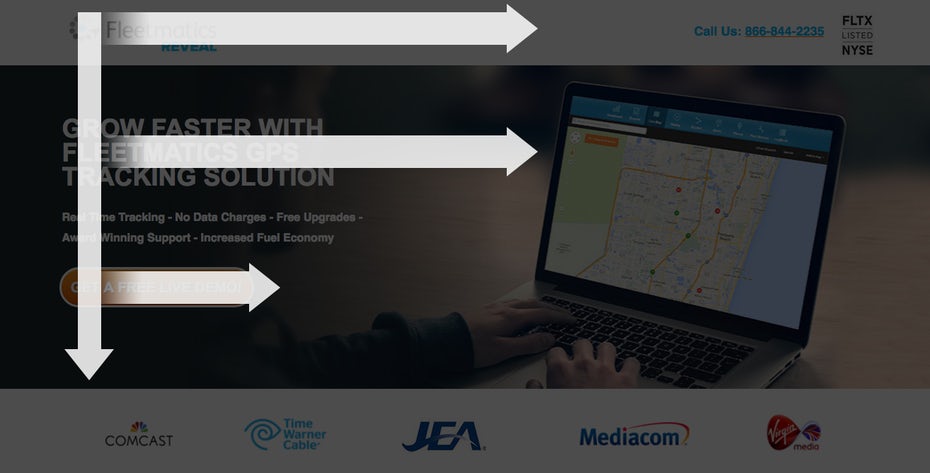

10) The Baader-Meinhof Phenomenon or Frequency Illusion
Ever stumbled on a new piece of information and started seeing it everywhere you go?
You may attribute it to coincidence but there’s actually a neuromarketing theory behind it called the Baader-Meinhof phenomenon, or frequency illusion.
The explanation behind frequency illusion is credited to two processes: selective attention and confirmation bias.
The former kicks in when you’re struck by a new idea and unconsciously keep an eye on it. Hence, you see it more frequently.
As for confirmation bias, it assures you that with every new sighting of the idea, you’ll be inclined to feel more positively about it.
This neuromarketing application can help increase brand awareness. By using paid ads to retarget users who’ve visited your website, it increases the chance of them converting into customers.

11) Social Validation
You’ve probably come across reviews, recommendations, ratings, and awards when you purchase a product or service.
There’s a good reason those testimonials are made visible to you, and it has to with social validation.
Social validation happens when individuals look to others for what they should do, especially if they’re uncertain. When your audience sees good reviews and ratings, they feel more confident in taking the next course of action.
From case studies in nurturing emails to testimonials on landing pages, incorporating social validation in your digital marketing strategy can come in many different forms.
Regardless of how you choose to feature social validation, it may just be the assurance your prospect needs in order to take the next step in their customer journey.
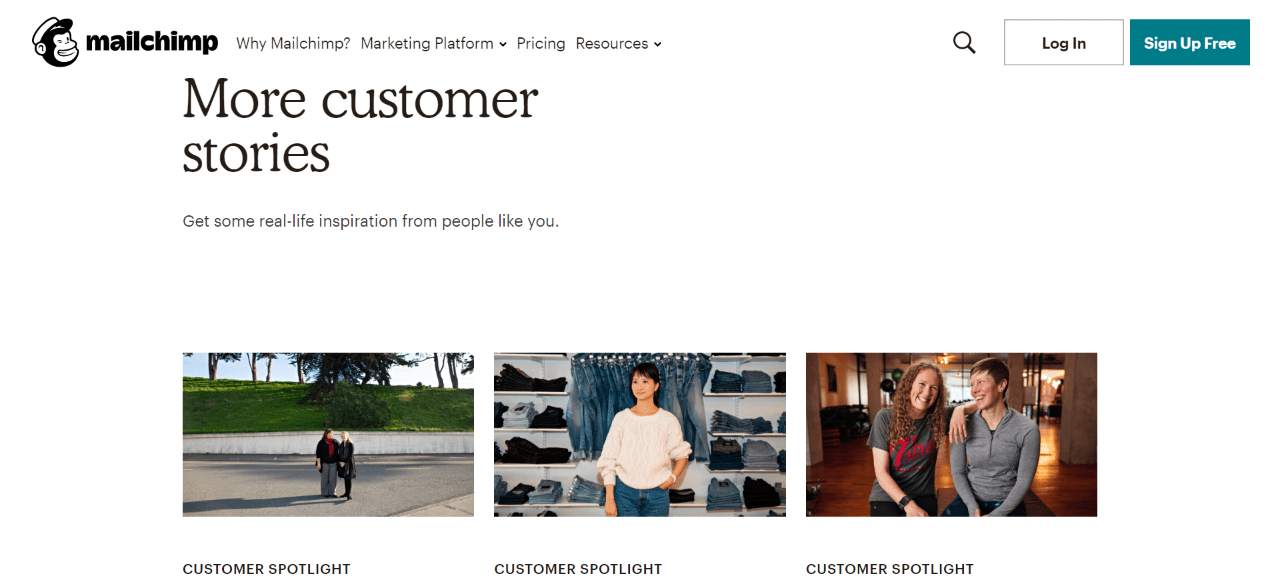
12) Scarcity and FOMO
Fear of missing out or FOMO stems from scarcity.
When a product or service is perceived to be limited, it creates urgency in your audience to take action.
Scarcity is perfect for marketing campaigns that involve limited stock or availability, for example, conferences and webinars spots.
13) Anchoring Effect
Your inner shopaholic has probably purchased a sale item after seeing how much the price has been reduced from its original price.
This cognitive bias is known as the anchoring effect, which describes our tendency to rely on the first information we receive. In the above example, the original price of the sale item.
Thus, all new information is relative and compared to the first information received.
In marketing, this effect is commonly seen in pricing pages.
Comparing prices is a must when you invest in enterprise-wide solutions. Most companies use a three-quotation procedure and would opt for a solution that suits their budget.
That’s why the anchoring effect is one of the vital neuromarketing strategies – it gives users a point of reference in the event of making comparisons.
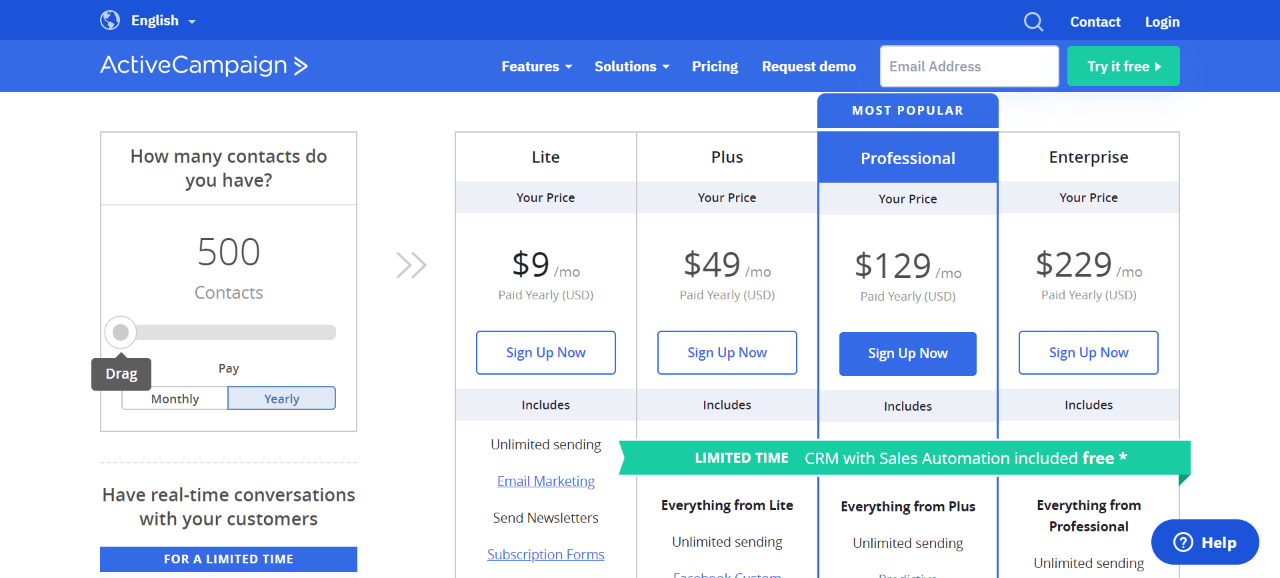
Neuromarketing: A Necessary Asset in Your Campaign Tool Kit
Incorporating these neuromarketing techniques into your campaign strategy facilitates your audience’s customer journey.
Brighttail personalizes that journey by understanding your target audiences to deliver effective campaigns.

